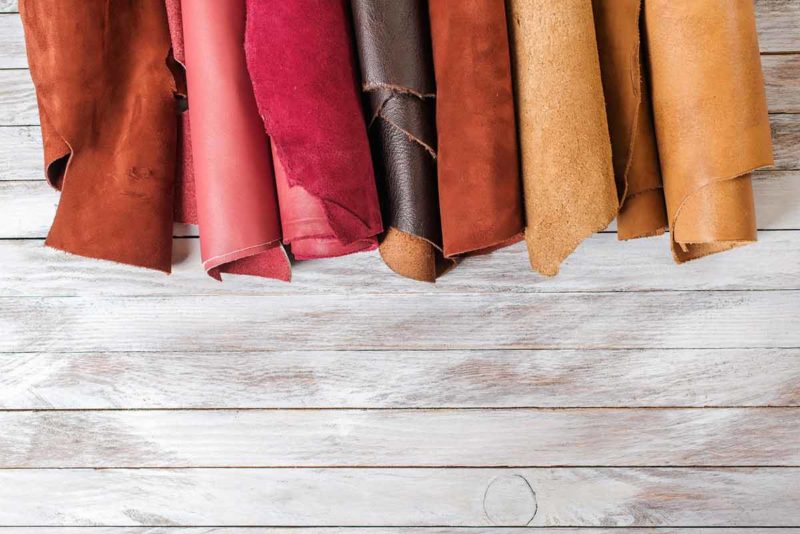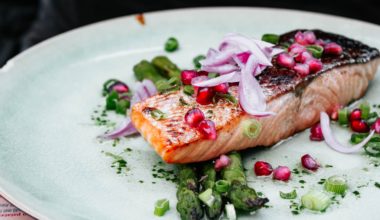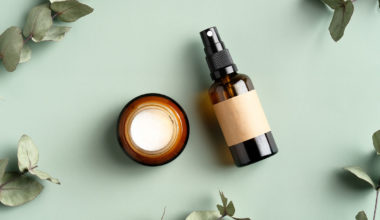What is plant-based leather? This epithet, which almost sounds like a contradiction in terms, can refer to all kinds of materials.
On the labels of leather goods you’ll sometimes see “plant-based leather”. Yet, by definition, leather is tanned, dyed animal skin. This fine material that is leather poses a real problem, whether due to worries over animal welfare or environmental concerns. On one hand, livestock farming uses enormous quantities of water, is to blame for 6% of greenhouse gas emissions and can cause deforestation. On the other hand, tanning, which is most often done using chrome, uses a lot of water and sheds toxic material. Hence the search for alternatives that bring together various materials and techniques, are less polluting and cleaner for the planet.
The difference between conventional tanning and plant-based tanning
Alongside conventional tanning, which is done using minerals and toxic chemicals, there is plant-based tanning. This is why the “plant-based leather” wording recently appeared on products.
Leather tanned in the conventional way
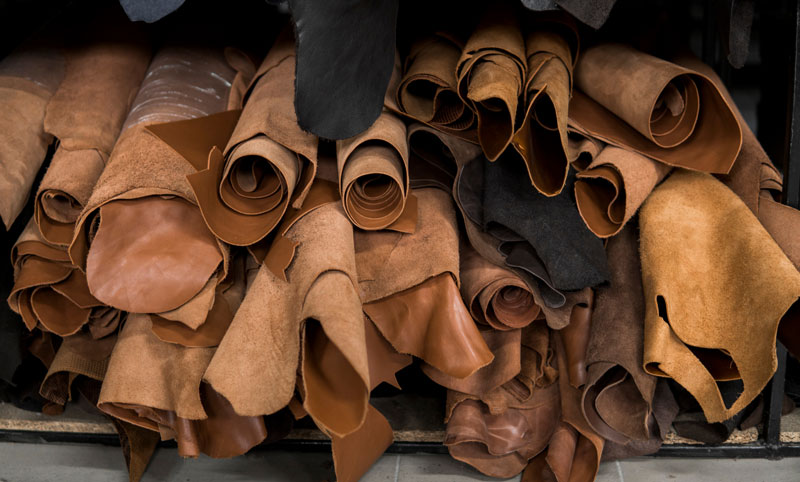
Tanning is the process of turning animal skin, which is very well-hydrated (so very perishable) into leather, an unperishable, strong, very dry material. This is done via a chemical process. In more than 80% of tanneries, especially those in India or Bangladesh, this tanning process involves chrome sulphates. More rarely (in 5% of leather production) aluminium salts or zirconium salts are used. These make cheap, fast tanning possible (within 24 hours), at the expense of the workers and the environment. Fortunately, some tanneries now apply stringent regulations on working conditions (protection, room ventilation, storage of chemicals, etc.) and environmental impact (wastewater treatment or closed-circuit operation).
Le cuir au tannage végétal
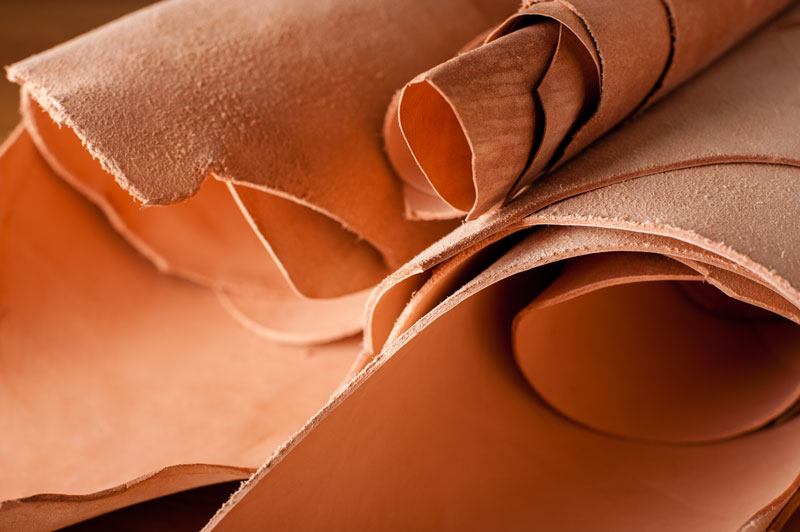
The leather still comes from animals, but the tanning is done using plant extracts:
- Wood: chestnut, quebracho, oak, cashew,
- Bark: oak, mimosa, pine, spruce, willow, birch or mangrove
- Roots: heather, canaigre
- Leaves: sumac, gambier
The plant-based tanning process takes from 10 days to eight weeks, depending on the process.
Although it is infinitely less polluting than tanning with minerals, its effects on the environment can still not be overlooked: the chemical changes and industrial processes (tree felling, tannin extraction treatments) are still there.
Eco-leather

Richard Wool, an American professor and engineer, has invented a type of eco-leather made by combining natural materials like cotton (or linen) with maize (or soya) and plant-based oils under high pressure. He has won an array of awards for this promising invention, including the World Green Design Award (the ‘Grand Prix’ of ecological innovations), in 2014.
This material is said to have features very close to those of leather: it is waterproof, air-permeable and robust. It is said to be cheaper to produce and biodegradable. Some major sports brands had shown interest in the concept, but it seems the professor’s death in 2015 slowed its development.
Vegan leathers – under development
These are 100% plant-based leathers, with almost no environmental impact to boot.
Pinatex or pineapple leather
Invented by Carmen Hijosa of Spain, and seven years in the making, this plant-based leather is made from pineapple leaves. This fruit harvest by-product is biodegradable, with minimal environmental impact. The leaf fibres harvested, once processed, yield a strong, flexible material that’s similar to leather and can be finished to impart a particular texture to it (a grain, for example).
Eucalyptus leather
Created by Fabian Stadler of Germany, this material made there out of processed eucalyptus leaves is very strong. It is produced without pesticides and with only a short supply chain, for a belt range under the Noanifashion brand.
Mushroom leather
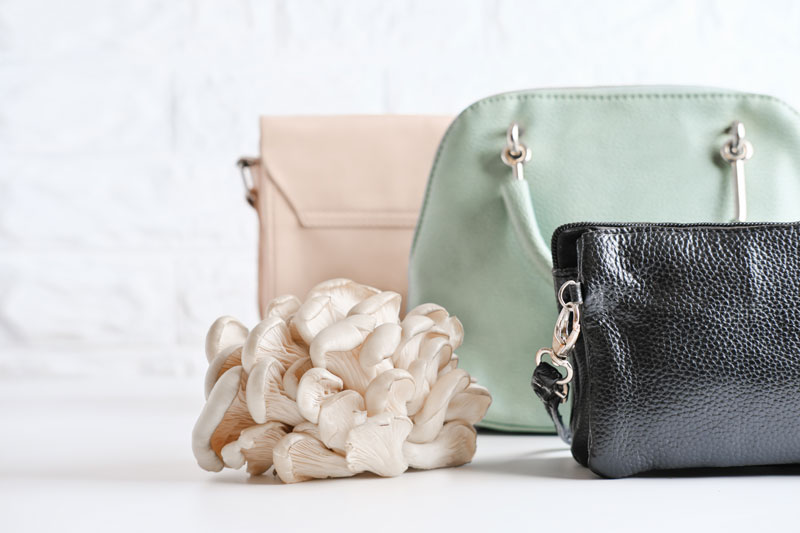
“Muskin” (a contraction of “mushroom and “skin”) is made from mushroom caps, without chemical tanning. We owe this invention to an Italian company: Grado Zero Innovation. This mushroom leather is both biodegradable and eco-friendly, and looks like suede. Air-permeable and naturally water-repellent, this organic material is also said to prevent bacterial growth.
Fruitleather, or leather against food waste
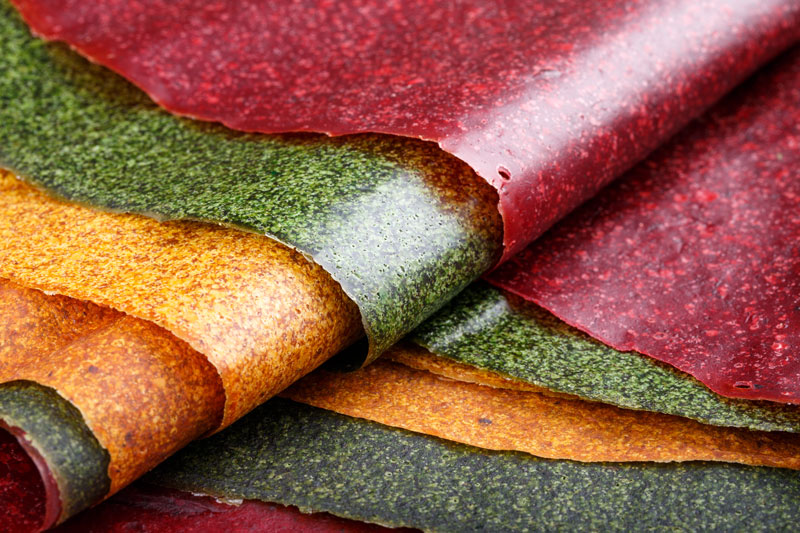
After having been made aware that the market traders of Rotterdam were throwing away around 3.5 tons of damaged fruit and vegetables every day, a group of local students came up with “fruit leather”. During their trials, the young creatives noticed that combining different fruits yields different textures, colours and properties, and that Fruitleather can be used to make leather goods, furnishings and decorative items. This new kind of vegan leather is very strong, and unperishable. It does not smell, or attract insects.
Vegea, or grape leather
Milan-based Vegea is behind one of the newest and most promising vegan leathers. The Italian company patented a way of processing grape must, which is all the solid, dry materials (skin, stalks, seeds) left behind after grape pressing or fulling. With some 7 billion tons of winemaking waste generated annually, grape leather has a bright future. It has already won the H&M foundation Global Change Award and the 2017 PETA Fashion Awards Innovation Award. It even caught the eye of the Bentley brand as regards the interior trim of its cars.
Apple leather
Alberto Volcan, an engineer from the Tyrol, came up with a kind of leather made from apple juice and apple sauce. To begin with he was supported by the Province of Bolzano, in northern Italy, for the development of his first Cartamela (“paperapple”) prototype. Four years later, he joined forces with the start-up Frumat, which specialises in waste recycling. The first applications of apple waste recycling went from Kraft paper, tissues and toilet paper to a wide range of leathers with lots of different thicknesses and finishes. In 2018, Frumat won the Green Fashion Carpets Milan Technology and Innovation award.
On a leather goods market that has been enjoying steady growth over the past few years, there is an increasing number of eco-responsible alternatives to leather. They are catching the eye of new actors like big luxury brands, sporting goods and homeware brands. The merit of these fibres is twofold: agri-food resource optimisation and the ability to lend themselves to leather goods of all kinds


